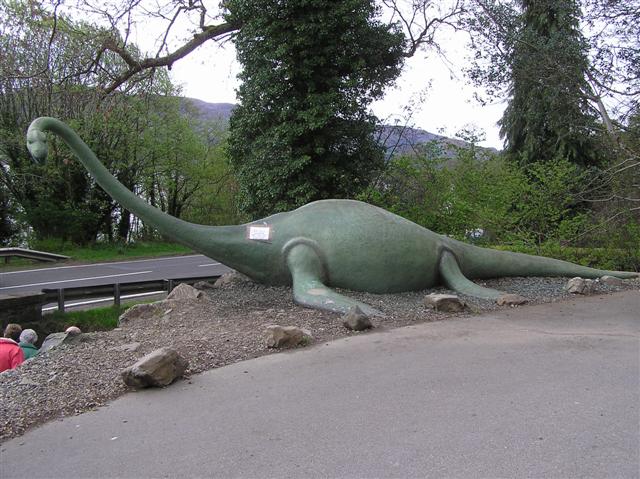Diving into the Deep Mysteries of the Loch Ness Monster
The Loch Ness Monster, affectionately known as "Nessie," has captured the imagination of people around the globe for nearly a century. This mythical creature, reportedly residing in the depths of Scotland's largest loch, has been the subject of numerous sightings, scientific studies, and even hoaxes. Despite the lack of concrete evidence, the legend of Nessie lives on, fueled by a blend of folklore, wishful thinking, and the tantalizing possibility that we don't know everything about the world's hidden corners. This article will delve into the deep mysteries of the Loch Ness Monster, exploring the top seven secrets behind its elusive existence.
The History of Nessie

The first recorded sighting of the Loch Ness Monster dates back to 565 AD, when Saint Columba reportedly encountered a beast in the River Ness. However, it was not until 1933 that Nessie truly entered public consciousness, following a report in the Inverness Courier about an "enormous animal" seen in the loch. The subsequent surge of interest led to numerous sightings and even photographic "evidence," most of which have since been debunked. Yet the legend persists, a testament to our enduring fascination with the unknown.
The Anatomy of a Monster

Descriptions of Nessie vary widely, but most agree on a few key characteristics: a long neck, a large body, and one or more humps that protrude from the water. Some compare Nessie to a plesiosaur, a type of dinosaur thought to have gone extinct 65 million years ago. Others suggest that Nessie could be a giant eel or sturgeon. These theories, while intriguing, raise further questions. Could a prehistoric creature really have survived in Loch Ness for millennia? Or are we simply misinterpreting sightings of common, albeit large, aquatic animals?
The Science of Loch Ness

Loch Ness is the largest body of freshwater in Britain by volume, reaching depths of over 230 meters. Its size and depth make it an ideal hiding place for a large creature, and its murky waters, darkened by peat particles, make it difficult to see anything below the surface. However, numerous scientific expeditions have been conducted to search for Nessie, using sonar, underwater cameras, and even DNA analysis. To date, these efforts have yielded no definitive proof of Nessie's existence, but they have deepened our understanding of Loch Ness and its ecosystem.
The Hoaxes and Misidentifications

The allure of Nessie has led to a number of hoaxes over the years, from doctored photos to fake "monster" carcasses. In many cases, these hoaxes have been exposed by inconsistencies in the evidence or confessions by the hoaxers themselves. Misidentifications are also common, with boat wakes, logs, and even birds sometimes mistaken for Nessie. These incidents highlight the power of suggestion and our eagerness to believe in the extraordinary.
The Impact on Local Culture and Tourism

Nessie is more than just a legend; it's a cultural icon and a significant driver of tourism in the Scottish Highlands. Visitors flock to Loch Ness in hopes of catching a glimpse of the elusive creature, contributing millions to the local economy each year. The monster has also inspired books, films, and merchandise, further cementing its place in popular culture.
The Psychological Aspect of the Loch Ness Monster

The enduring fascination with Nessie speaks to deeper psychological phenomena. For some, the monster embodies our fear of the unknown, a primal reminder of the dangers that lurk beneath the surface. For others, Nessie represents a desire to believe in something larger than ourselves, a symbol of mystery and wonder in an increasingly rational world. Whatever the reason, the Loch Ness Monster continues to captivate the public imagination, a testament to the power of myth and the enduring allure of the unexplained.
The Loch Ness Monster remains one of the world's most enduring mysteries, a symbol of our fascination with the unknown and our desire to believe in the extraordinary. Whether Nessie is a prehistoric holdover, a misidentified eel, or simply a figment of our collective imagination, the legend continues to captivate and inspire. As we dive deeper into the secrets of Loch Ness, we are reminded that, in a world where so much is known, there is still room for wonder, mystery, and the thrill of the chase.







